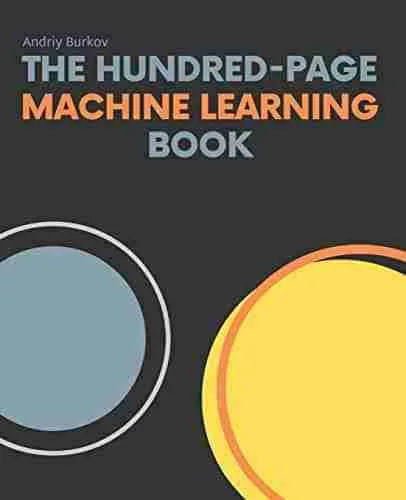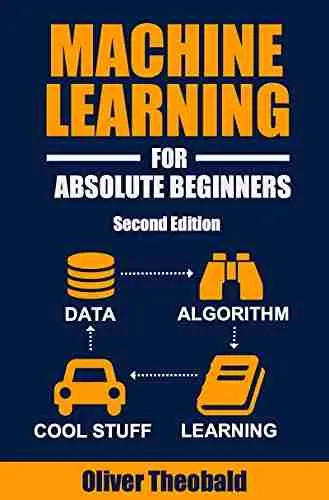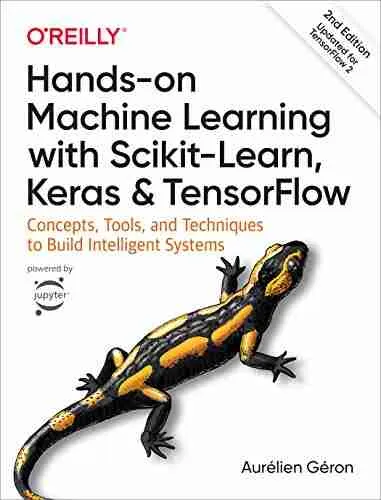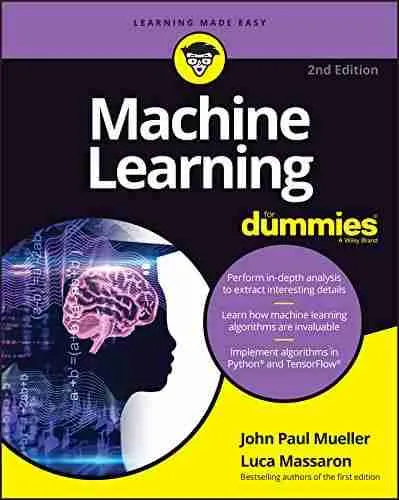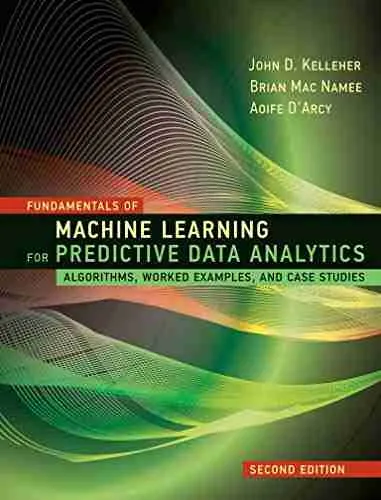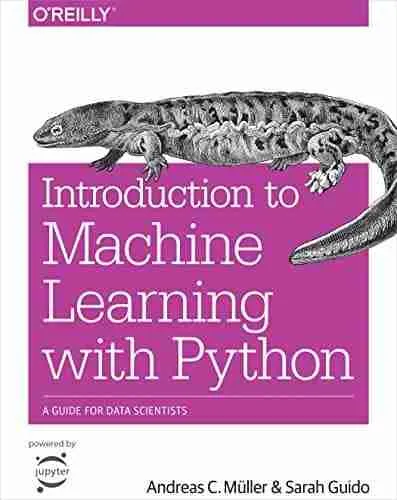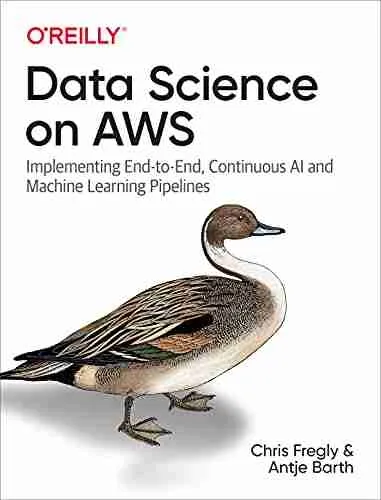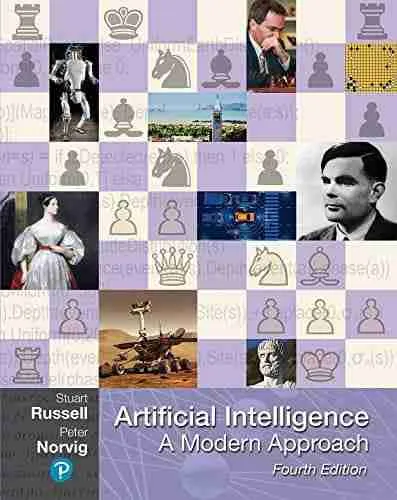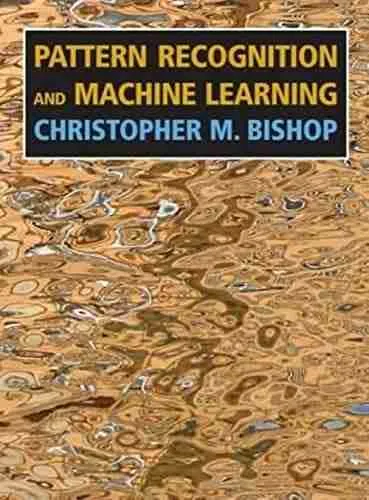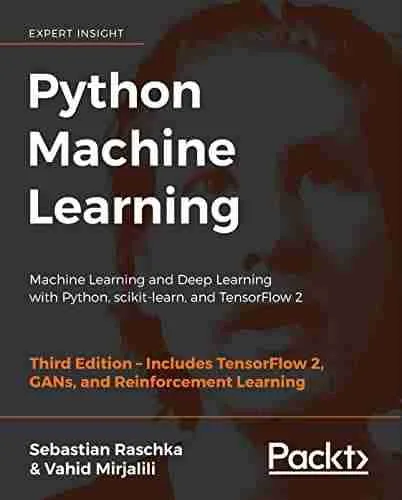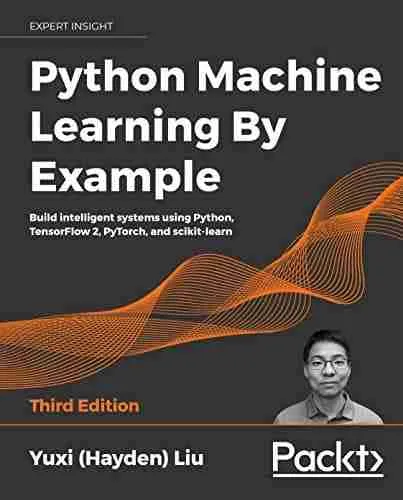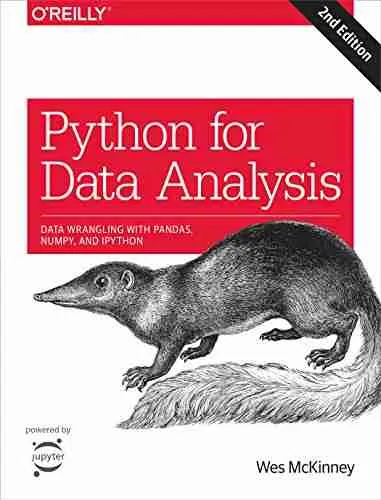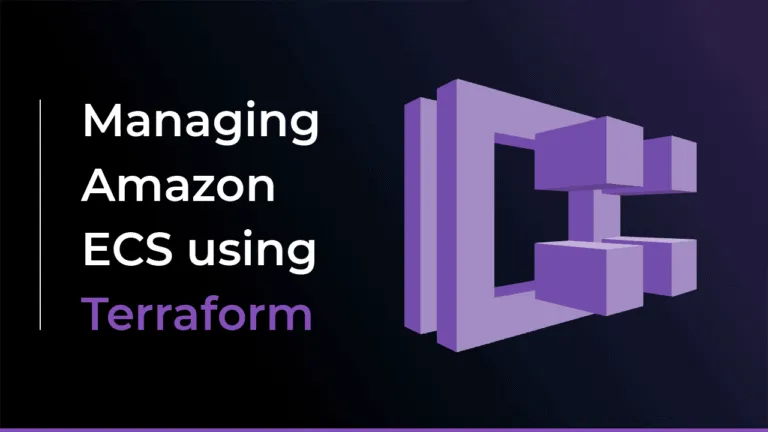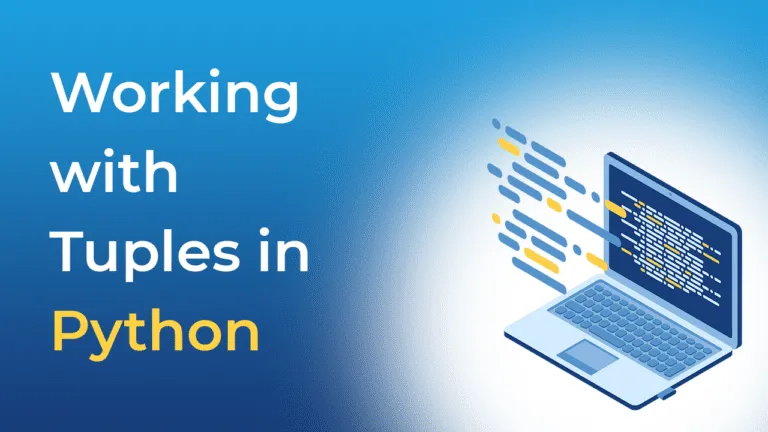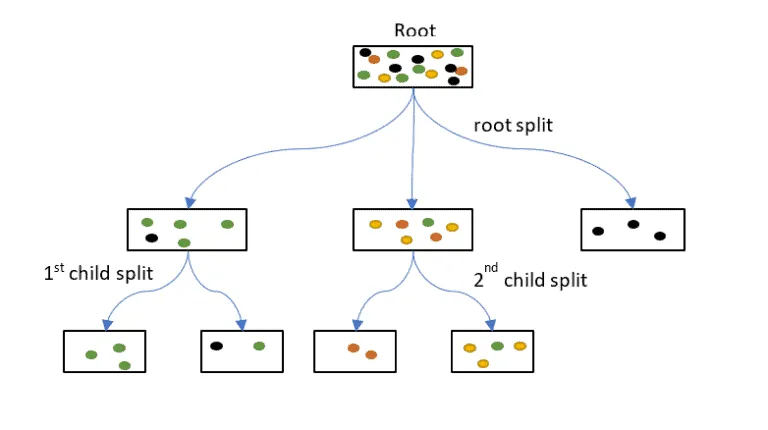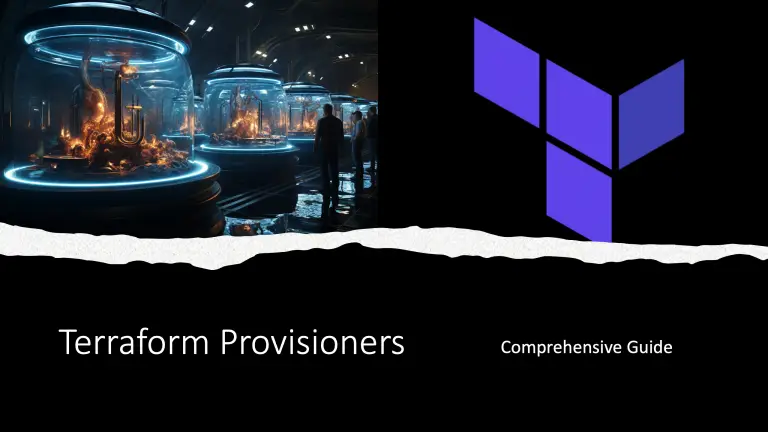15 Best Machine Learning Books for Beginners and Experts
Looking for the best Machine Learning books? Whether you’re a beginner or an expert, this roundup post has you covered. Based on customer reviews and pricing, we’ll rank and review the best books on the topic. Plus, we’ll provide a few helpful tips to get you started. So what are you waiting for? Start reading!
The Best Books For Beginners
The Hundred-Page Machine Learning Book
This is a concise and straightforward introduction to Machine Learning. The book covers the basics of supervised and unsupervised learning and more advanced topics such as deep learning and reinforcement learning. Despite its brevity, the book clearly explains complex concepts and includes work examples to illustrate key ideas. The Hundred-Page Machine Learning Book is an ideal resource for anyone who wants to learn about this rapidly growing field, from students to working professionals.
Rating: 4.4
Reviews: 187
Here are some most important chapters from the table of contents:
- Fundamental algorithms
- Anatomy of learning algorithms
- Feature engineering
- Model performance assessment
- Hyperparameter tuning
- Neural Networks
- Deep Learning
- Classification and regression problems and solutions
- Handling imbalanced datasets
- Unsupervised learning algorithms
Machine Learning For Absolute Beginners: A Plain English Introduction (Second Edition)
This book is about the basics of Machine Learning. It covers topics such as what Machine Learning is, how it works, and its potential applications. The book also discusses the different types of machine learning, including supervised and unsupervised learning. In addition, the book provides a guide to setting up a Machine Learning environment and provides tips on debugging Machine Learning algorithms. Overall, the Machine Learning for Absolute Beginners: A Plain English Introduction (Second Edition) book is an excellent resource for anyone who wants to learn about machine learning.
Rating: 4.5
Reviews: 1052
Here are some most important chapters from the table of contents:
- Machine Learning Toolbox
- Data Scrubbing
- Linear regression
- Logistic regression
- k-Nearest neighbors
- k-means clustering
- Support Vector Machines
- Artificial Neural Networks
- Decision Trees
- Ensemble modeling
- Building model in Python
- Model optimization
Hands-On Machine Learning with Scikit-Learn and TensorFlow: Concepts, Tools, and Techniques to Build Intelligent Systems
This best-selling book provides readers with an introduction to Machine Learning. The book covers topics such as supervised and unsupervised learning, data preprocessing, and working with large datasets. In addition, the book also provides readers with an overview of the Scikit-Learn and TensorFlow libraries. “Hands-On Machine Learning with Scikit-Learn and TensorFlow: Concepts, Tools, and Techniques to Build Intelligent Systems” is a valuable resource for anyone interested in machine learning.
Rating: 4.7
Reviews: 3062
Here are some most important chapters from the table of contents:
- Machine Learning landscape and Neural Networks
- Use Scikit-Learn to implement Machine Learning project end-to-end
- Explore ML models, including Support Vector Machines, Decision Trees, Random Forests, and Ensemble methods
- TensorFlow library for building and training neural nets
- Neural net architectures, including convolutional nets, recurrent nets, and deep reinforcement learning
- Techniques for training and scaling deep neural nets
Machine Learning For Dummies
The book seeks to provide readers with an understanding of machine learning (ML) concepts and tools. It starts with an introduction to ML, including a brief history and overview of the different types of ML algorithms. The book then proceeds to discuss how data can be processed and utilized by ML algorithms. This includes a discussion of feature selection, preprocessing, Training data, tuning, and evaluation. The book also provides guidance on how to deploy ML algorithms in real-world scenarios. Finally, the book includes a glossary of key terms and a list of resources for further reading. As such, it provides an excellent starting point for anyone seeking to develop a basic understanding of machine learning.
Rating: 4.2
Reviews: 44
Here are some most important chapters from the table of contents:
- Introducing how machines learn
- Preparing learning tools (Python & Google Colab)
- The math behind Machine Learning
- Descending the Gradient
- Validating Machine Learning
- Data Preprocessing
- Clustering
- Support Vector Machines
- Neural Networks
- Image classification
- Sentiment analysis
- Product recommendations
- Improving Machine Learning models
Fundamentals of Machine Learning for Predictive Data Analytics: Algorithms, Worked Examples, and Case Studies
The book provides a comprehensive introduction to the field of machine learning. The book covers all the major machine learning algorithms, including linear regression, logistic regression, decision trees, support vector machines, and artificial neural networks. The book also includes worked examples and case studies to illustrate how these algorithms can be applied in practice. In addition, the book discusses important issues such as model selection, overfitting, and feature engineering. As a result, the “Fundamentals of Machine Learning for Predictive Data Analytics: Algorithms, Worked Examples, and Case Studies” book is an essential resource for anyone interested in learning about this cutting-edge field.
Rating: 4.8
Reviews: 44
Here are some most important chapters from the table of contents:
- Data analytics
- Information-based learning
- Similarity-based learning
- Probability-based learning
- Error-based learning
- Deep learning
- ML models evaluation
- Unsupervised learning
- Reinforcement learning
- Case: Customer churn
- Case: Galaxy classification
Make Your Own Neural Network
The book is about teaching readers how to create their own neural networks. The book starts with an introduction to artificial intelligence and then moves on to teaching the basics of neural networks. Readers are then given step-by-step instructions on how to build their own neural network, including how to choose the right hardware and software, how to train the network, and how to evaluate its performance. The book also includes a number of real-world examples of neural networks in action, providing readers with a clear understanding of how these systems can be applied in practice. By the end of the book, readers will have all the knowledge they need to create their own neural network and start using it to solve real-world problems.
Rating: 4.4
Reviews: 752
Here are some most important chapters from the table of contents:
- Simple predicting machine
- Classification vs prediction
- Training simple classifier
- Multiple classifiers
- Neurons
- Signals flow through the Neural Network
- Weights
- Backpropagation of errors
- Data preparation
- Practice with Python
Introduction to Machine Learning with Python: A Guide for Data Scientists
This book provides an introduction to Machine Learning for data scientists. The book begins with an overview of Machine Learning, including its history and recent advances. It then explains the fundamental concepts of ML, such as supervised and unsupervised learning, feature selection, and model validation. The book also covers important topics such as data preprocessing, working with text data, and dealing with missing data. In addition, the book includes a number of real-world examples that illustrate how machine learning can be used to solve real-world problems. “Introduction to Machine Learning with Python: A Guide for Data Scientists” is an essential resource for anyone who wants to learn more about machine learning.
Rating: 4.6
Reviews: 517
Here are some most important chapters from the table of contents:
- Fundamental concepts and applications of Machine Learning
- Advantages and shortcomings of widely used ML algorithms
- How to represent data processed by Machine Learning, including which data aspects to focus on
- Advanced methods for model evaluation and parameter tuning
- The concept of pipelines for chaining models and encapsulating your workflow
- Methods for working with text data, including text-specific processing techniques
- Suggestions for improving your machine learning and data science skills
The Best Books For Experts
Data Science on AWS: Implementing End-to-End, Continuous AI and Machine Learning Pipelines
The book is about how to effectively utilize data science on the AWS platform. It covers topics such as data ingestion, processing, exploration, visualization, modeling, and deployment. In addition, the book discusses how to build end-to-end machine learning pipelines on AWS. This includes topics such as data preprocessing, feature engineering, model training and tuning, model deployment, and monitoring. Finally, the book provides a case study demonstrating how to use AWS data science to build a real-time image classification system.
Rating: 4.4
Reviews: 115
Here are some most important chapters from the table of contents:
- Apply the Amazon AI and ML for natural language processing, computer vision, fraud detection, conversational devices, and more
- Use automated Machine Learning (SageMaker Autopilot)
- Complete ML model development lifecycle
- Build a repeatable Machine Learning operations pipeline
- Real-time ML, anomaly detection, and streaming analytics (Amazon Kinesis and Apache Kafka)
- Security best practices for data science projects
Artificial Intelligence: A Modern Approach
“Artificial Intelligence: A Modern Approach” is a book about artificial intelligence, written by Stuart J. Russell and Peter Norvig. The book is intended for a wide audience of AI researchers and students. It covers all the major subfields of AI, including machine learning, knowledge representation, planning, and robotics. The book also discusses AI applications in a wide range of domains, such as medicine, finance, and manufacturing. In addition, the book contains detailed discussions of ethical issues relating to AI. “Artificial Intelligence: A Modern Approach” is an essential resource for anyone interested in learning about artificial intelligence.
Rating: 4.6
Reviews: 341
Here are some most important chapters from the table of contents:
- History of AI
- Intelligent Agents
- Solving problems by Searching
- Search in complex environments
- Knowledge representation
- Automated planning
- Probabilistic reasoning
- Making simple and complex decisions
- Forms of Machine Learning
- Learning Probabilistic Models
- Reinforcement Learning
- Natural Language Processing
- Deep Learning
- Computer vision
- Robotics
The Elements of Statistical Learning: Data Mining, Inference, and Prediction
The Elements of Statistical Learning: Data Mining, Inference, and Prediction is a book about the field of statistical learning. The book focuses on the use of statistics in data mining and inference and offers a concise treatment of machine learning methods. It also provides detailed prediction coverage, including linear and nonlinear models. The book is intended for readers who have a basic understanding of statistics and are interested in learning more about statistical learning methods.
Rating: 4.6
Reviews: 950
Here are some most important chapters from the table of contents:
- Overview of Supervised learning
- Linear models for classification
- Basis Expansions and Regularization
- Kernel Smoothing Methods
- Model assessment and selection
- Model inference and averaging
- Additive models, Trees, and Related methods
- Boosting and Additive Trees
- Neural Networks
- Support Vector Machines
- Unsupervised learning
- Random forests
- Ensemble learning
- Undirected graphical models
- High-dimensional problems
Applied Predictive Modeling
Applied Predictive Modeling is a book about, well, predictive modeling! The book starts with the basics of predictive modeling, including the types of models and how to assess their accuracy. It then delves into more specific topics, such as choosing the right model for your data and avoiding overfitting. Throughout the book, the authors provide clear explanations and real-world examples to illustrate key concepts. In addition, the book includes R code for all the examples used, so readers can easily replicate the results. Whether you’re a beginner or an experienced data analyst, Applied Predictive Modeling is an essential guide to predictive modeling.
Rating: 4.6
Reviews: 271
Here are some most important chapters from the table of contents:
- Data preprocessing
- Overfitting and model tuning
- Regression and classification models performance
- Linear and nonlinear regression
- Linear and nonlinear classification
- Regression trees, classification trees, and rule-based models
- Grant Application Models
- Measuring predictor importance
- Feature selection
- Factors affecting model performance
Pattern Recognition and Machine Learning (Information Science and Statistics)
The “Pattern Recognition and Machine Learning (Information Science and Statistics)” book is about the development and assessment of algorithms that can learn from data and make predictions. The book covers a wide range of topics, including supervised and unsupervised learning, Bayesian inference, graphical models, optimization, and deep learning. The book is aimed at students with a basic background in mathematics and statistics. However, the book also includes more advanced material for those who want to delve deeper into the subject. Ultimately, the “Pattern Recognition and Machine Learning (Information Science and Statistics)” book provides a comprehensive overview of machine learning that will be of interest to both beginners and experts alike.
Rating: 4.6
Reviews: 614
Here are some most important chapters from the table of contents:
- Probability distributions
- Linear models for classification and regression
- Neural networks
- Kernel methods
- Sparse Kernel Machines
- Graphical models
- Mixture models
- Sampling methods
- Continuous Latent Variables
- Sequential data
- Combining models
Python Machine Learning: Machine Learning and Deep Learning with Python, scikit-learn, and TensorFlow 2
The “Python Machine Learning: Machine Learning and Deep Learning with Python, scikit-learn, and TensorFlow 2” book is a guide to machine learning and deep learning using the Python programming language. The book covers the basics of machine learning and deep learning, including installing and setting up the Python programming environment, working with datasets, training models, and evaluating results. In addition, the book covers advanced topics such as Convolutional Neural Networks and natural language processing. With this book, readers will gain a solid understanding of machine learning and deep learning concepts, and be able to apply them using the Python programming language.
Rating: 4.5
Reviews: 364
Here are some most important chapters from the table of contents:
- Giving Computers the Ability to Learn from Data
- Training Simple ML Algorithms for Classification
- ML Classifiers Using scikit-learn
- Building Good Training Datasets – Data Preprocessing
- Compressing Data via Dimensionality Reduction
- Best Practices for Model Evaluation and Hyperparameter Tuning
- Combining Different Models for Ensemble Learning
- Applying ML to Sentiment Analysis
- Embedding an ML Model into a Web Application
- Predicting Continuous Target Variables with Regression Analysis
- Working with Unlabeled Data – Clustering Analysis
- Implementing Multilayer Artificial Neural Networks
- Parallelizing Neural Network Training with TensorFlow
- TensorFlow Mechanics
- Classifying Images with Deep Convolutional Neural Networks
- Modeling Sequential Data Using Recurrent Neural Networks
- GANs for Synthesizing New Data
- RL for Decision Making in Complex Environments
TinyML: Machine Learning with TensorFlow Lite on Arduino and Ultra-Low-Power Microcontrollers
The “TinyML: Machine Learning with TensorFlow Lite on Arduino and Ultra-Low-Power Microcontrollers” book is about how to use TensorFlow Lite, a machine learning platform, on Arduino and other microcontrollers. The book covers how to install TensorFlow Lite, how to train models, and how to run inference on microcontrollers. In addition, the book discusses how to optimize models for low-power devices, how to deploy models on edge devices, and how to debug and troubleshoot issues. Ultimately, the book provides readers with everything they need to know to get started with TinyML.
Rating: 4.4
Reviews: 178
Here are some most important chapters from the table of contents:
- Build a speech recognizer, a camera that detects people, and a magic wand that responds to gestures
- Work with Arduino and ultra-low-power microcontrollers
- Learn the essentials of ML and how to train your own models
- Train models to understand audio, image, and accelerometer data
- Explore TensorFlow Lite for Microcontrollers, Google’s toolkit for TinyML
- Debug applications and provide safeguards for privacy and security
- Optimize latency, energy usage, and model and binary size
Python Machine Learning By Example: Build intelligent systems using Python, TensorFlow 2, PyTorch, and scikit-learn
This book covers the basics of Machine Learning and explores how to build various types of models using different Python libraries such as TensorFlow 2, PyTorch, and scikit-learn. The book starts with an introduction to machine learning, followed by a brief overview of the Python language and libraries. Next, the book details how to build supervised learning models such as linear regression and support vector machines. The book then covers unsupervised learning methods such as k-means clustering and Gaussian mixture models. Finally, the book discusses how to deploy machine learning models in a production environment. Throughout the book, plentiful code examples are provided to illustrate each concept. As a result, readers will gain a strong understanding of how to build machine learning models using Python.
Rating: 4.5
Reviews: 60
Here are some most important chapters from the table of contents:
- Getting Started with Machine Learning and Python
- Building a Movie Recommendation Engine with Naïve Bayes
- Recognizing Faces with Support Vector Machine
- Predicting Online Ad Click-Through with Tree-Based Algorithms
- Predicting Online Ad Click-Through with Logistic Regression
- Scaling Up Prediction to Terabyte Click Logs
- Predicting Stock Prices with Regression Algorithms
- Predicting Stock Prices with Artificial Neural Networks
- Mining the 20 Newsgroups Dataset with Text Analysis Techniques
- Discovering Underlying Topics in the Newsgroups Dataset with Clustering and Topic Modeling
- Machine Learning Best Practices
- Categorizing Images of Clothing with Convolutional Neural Networks
- Making Predictions with Sequences Using Recurrent Neural Networks
- Making Decisions in Complex Environments with Reinforcement Learning
Python for Data Analysis: Data Wrangling with Pandas, NumPy, and IPython
This best-selling book is a guide to using the Python programming language for data analysis. The book covers various topics related to data wranglings, such as cleaning data, dealing with missing values, and working with dates and times. In addition, the book covers topics such as using the Pandas library for data manipulation and the NumPy library for numerical computations. Finally, the book includes a section on using IPython for interactive data analysis. Overall, the “Python for Data Analysis: Data Wrangling with Pandas, NumPy, and IPython” book is a comprehensive guide to using Python for data analysis.
Rating: 4.6
Reviews: 1521
Here are some most important chapters from the table of contents:
- Use the IPython shell and Jupyter notebook for exploratory computing
- Learn basic and advanced features in NumPy (Numerical Python)
- Get started with data analysis tools in the Pandas library
- Use flexible tools to load, clean, transform, merge, and reshape data
- Create informative visualizations with Matplotlib
- Apply the Pandas to slice, dice, and summarize datasets
- Analyze and manipulate regular and irregular time series data
- Learn how to solve real-world data analysis problems with thorough, detailed examples
Summary
If you are looking for a comprehensive guide to Machine Learning, any of the books on this list would be an excellent choice. However, if you are just starting out, we recommend Machine Learning For Absolute Beginners or Introduction to Machine Learning with Python as your first read. We hope that this roundup post has helped you find the perfect book to help you learn and understand Machine Learning. Are there any other books that you would add to this list? Let us know in the comments below.

